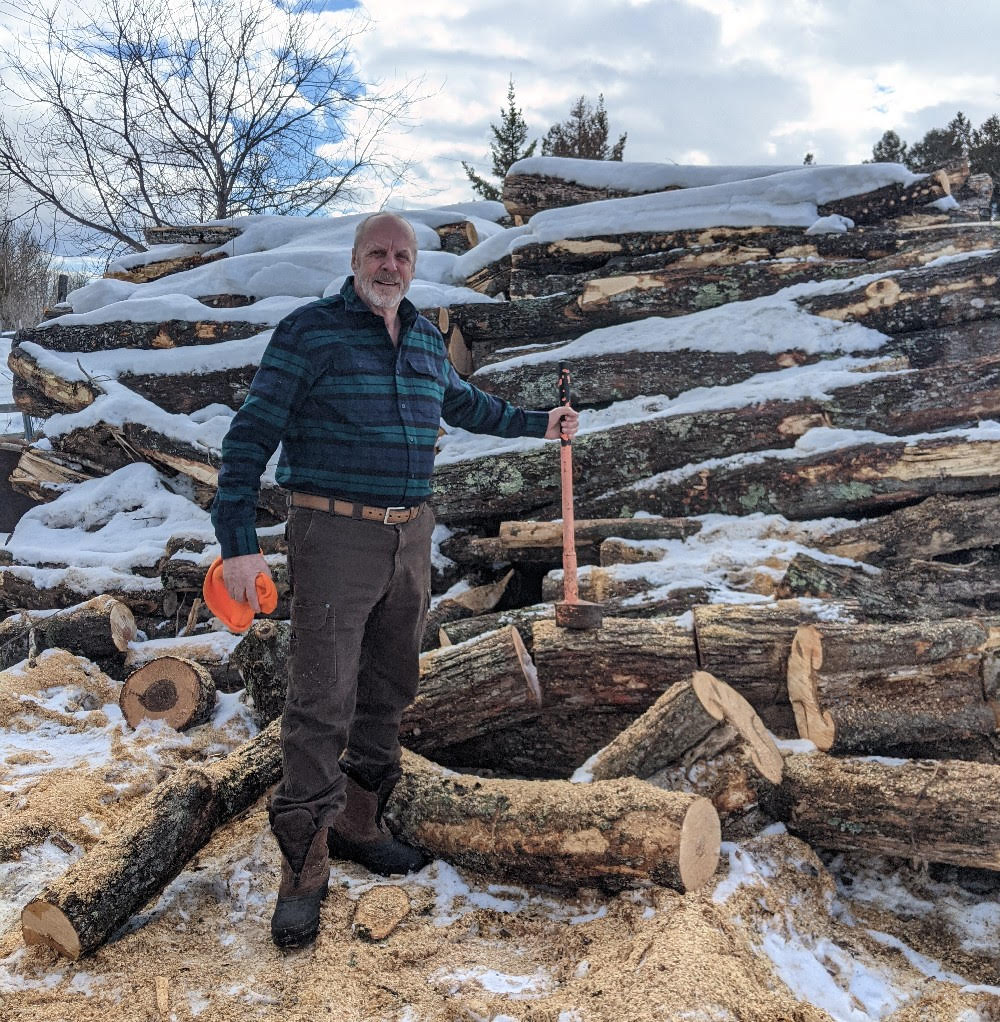TRAVERSE CITY, Mich. (Michigan Back Roads) – Michigan is blessed with millions of acres of forests, and much of it is preserved as state-owned land. Michigan is also a leader in the creation and maintenance of trails for public use.
There are trails along historic railroad routes, the shores of the Great Lakes and through old lumbering and mining sites. The Beaver Pond Trail is unusual in several ways. It is just a side loop off another trail. It is within the boundaries of the Fiborn Karst Preserve and it provides a view that is unlike any other that I know of in Michigan.
MORE NEWS: Northwestern Michigan College 10-year Plan Questions What to Do with 55-acre Parcel of Land
The trailhead is found at the information kiosk where a simple map brochure is available. The Sinkhole Trail is a short loop that passes by shallow sinkholes and takes visitors to a creek that disappears below ground. The Ann Patrie Memorial Trail is longer at roughly one-and-a-half miles. It skirts the edge of the quarry through second-growth forest, sinkholes and crevasses and eventually offers entry into the far end of the quarry. It is along the Ann Patrie trail where the Beaver Pond Trail loop is found.
The Beaver Pond Trail is marked by a small sign. The trail is a bit rough and has some difficult parts due to thick foliage and steep grades. Fortunately, the difficult parts are short and lead the hiker to the edge of hill that is steep enough to be regarded as a cliff. Standing on the edge of the precipice you are a couple hundred feet above a vast wetland that stretches at least a half mile into the distance. The swampy wetland is crisscrossed by several streams that eventually combine into a small river. It’s at this point that the area gets its name. Across the breadth of the river is an enormous Beaver Dam. It is easily the biggest beaver dam I have encountered anywhere in Michigan. The sight of the dam, the vast wetland dotted with beaver mounds and the wild forest in the distance make this a scene that one would expect to find only in the Canadian wilderness or the western mountains of America.

Leave a Comment
COMMENTS POLICY: We have no tolerance for messages of violence, racism, vulgarity, obscenity or other such discourteous behavior. Thank you for contributing to a respectful and useful online dialogue.